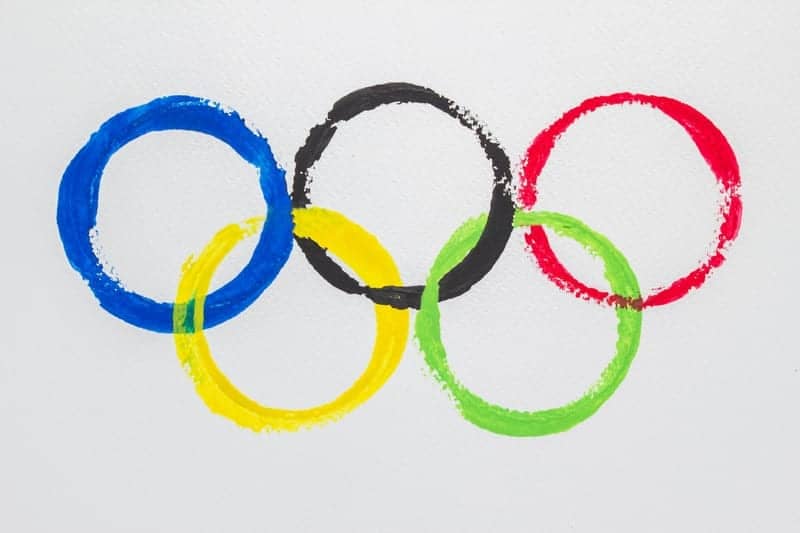NEW YORK (Reuters Health) – A large survey of retired Olympians shows almost two-thirds have suffered significant injuries during their Olympic career, and about a third experience ongoing pain and functional limitations.
“Athletes in the present study reported feeling pressure to return to sport and continuing to train and compete while injured,” the researchers note in the British Journal of Sports Medicine.
“Continuing to train and compete with underlying health problems is not new in elite sport, and it is often associated with a painkiller and NSAID use, disregard of medical advice and hiding symptoms from others,” Dr. Debbie Palmer of Moray House School of Education and Sport at the University of Edinburgh and colleagues write. “Athletes who perceive more social pressure to compete hurt are likely to be more rest-averse and an athlete’s behaviour during injury and the concept of ‘playing hurt’ likely delays recovery.”
Groups such as the World Olympians Association emphasize injury prevention and protection of athletes, and many studies have looked at elite-athlete injuries across the seasons. Not much is known about injury and health patterns over an elite athlete’s entire sporting career, however.
To investigate, Dr. Palmer and her colleagues reached out to retired athletes through various platforms, inviting them to participate in an online survey. Questions were available in English, French, German, Spanish, Russian, Chinese, Japanese and Korean.
“This is the first worldwide study of self-reported injuries suffered by Olympians,” the researchers note.
More than 3,300 retired Olympians from 131 countries completed the survey, representing 57 sports. Just over half were men, and the average age was 45 years.
Sixty-three percent, including 68% of women and 59% of men, reported at least one significant injury. This was defined as “any injury causing significant pain and/or dysfunction for a period of 1 month (or more) where ongoing sport participation during that time was disrupted.”
For summer Olympians, injuries were most common in handball (82%) and least common in shooting (40%), while for winter Olympians, alpine skiing had the most injuries (82%) and biathlon the least (40%).
At 21%, the knee was the most common site of injury, followed by the lumbar spine (13%) and the shoulder/clavicle (13%). About 7% said they had been depressed during their career, rising to 10% during the transition into retirement.
Thirty-two percent of respondents said they had ongoing pain and 36% ongoing functional limitations that they attributed to injuries sustained during their Olympic careers. Women were significantly more likely to report ongoing pain than were men.
“Athletes continuing to train and compete with injury, including the pressures athletes feel to return to sport should be a matter for discussion within the athlete, medical and coaching team,” the researchers write. “Approaches to athlete injuries should focus on facilitating full and complete rehabilitation particularly around significant joint injuries.”
[Source: Reuters Health]
Related Content:
Studies Report Data on Bone and Tendon Injuries Experienced During Olympics





